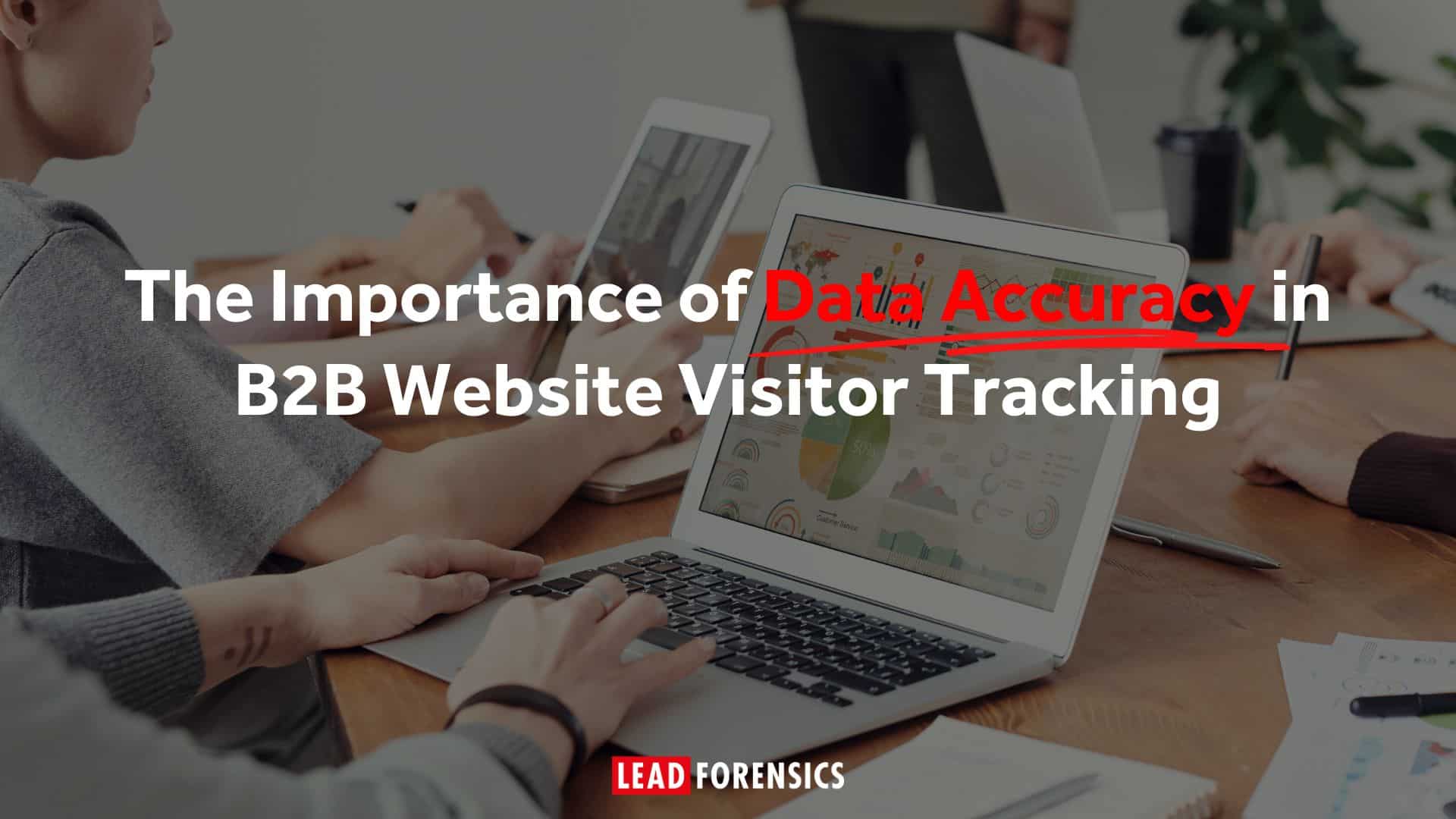It’s about ensuring your revenue engine can withstand shocks, adapt to changing conditions, and keep moving deals forward when markets tighten or buying behavior shifts.
A resilient pipeline is important because:
- Deals inevitably fall through. Even the best-qualified opportunities can stall, get delayed, or be lost to competitors. Without a resilient sales pipeline, one or two losses can derail an entire quarter.
- Market conditions change fast. Economic uncertainty, budget freezes, or new regulations can slow cycles. A resilient pipeline has enough breadth and diversity of opportunities to absorb those shocks.
- It reduces revenue risk. By spreading effort across multiple channels, industries, and deal sizes, a resilient pipeline stops you from being over-reliant on a handful of “must-close” deals.
- It fuels long-term growth. Resilient pipelines aren’t built on one-off wins, but on consistent prospecting, nurturing, and retention that creates a steady flow of opportunities that compound over time.
“Resilience doesn’t mean you’ll always win. It means you’ll bounce back faster,” explained Holly Tripp in a previous webinar. “No one has a 100% success rate, but with the right tools and processes, your pipeline will stay full of quality opportunities.”
Tips for Building Pipeline Resilience
There are several practices that can help you create the foundations of a pipeline that can absorb shocks, adapt quickly, and continue generating revenue even when external conditions are unpredictable.
1. Always Be Prospecting
If your reps stop filling the top of the funnel, your pipeline becomes fragile. Resilient teams generate B2B leads consistently across channels, from outbound and inbound to referrals and partnerships, so there’s always fresh opportunity flowing in.
2. Align Sales and Marketing
Resilience comes from efficiency, not wasted energy. When sales and marketing agree on what makes a lead “qualified,” handovers are smoother, conversion rates improve, and prospects move through the pipeline faster.
3. Leverage LinkedIn
LinkedIn isn’t just a prospecting tool; it’s a platform for understanding buyer pain points and building personal credibility. By joining groups, engaging with posts, and positioning themselves as thought leaders, SDRs and AEs build trust long before the first sales call.
4. Create Content for Every Stage
From blogs and guides at the top of the funnel, to webinars and case studies mid-journey, to ROI calculators and proof points near the close, resilient pipelines are supported by content that nurtures prospects wherever they are.
5. Optimize Your Website
Slow load times, unclear CTAs, or outdated content create friction that drives buyers away and ruins your average conversion rates. A high-performing website becomes an always-on salesperson, converting interest into action without human intervention.
6. Cleanse Your Pipeline
Dead leads drain energy. That’s why resilient sales leaders regularly cleanse their pipeline, removing stalled deals, nurturing warm leads, and ensuring follow-ups happen quickly. This keeps the focus on opportunities most likely to convert.
7. Automate with Technology
CRMs, sequencing platforms, and AI-powered tools reduce manual effort and give leaders real-time visibility into pipeline health. Automation creates consistency, freeing reps to spend more time on high-value conversations.
Visitor Identification Software Helps Build Resilient Pipelines
While process and discipline matter, technology is now the game-changer for pipeline resilience. And one of the most powerful innovations is website visitor identification.
Tools like Lead Forensics identify the companies visiting your website — even if they never complete a form — and deliver contact details for decision-makers, insights into their buyer journey, and behavioural signals that reveal intent.
This capability strengthens resilience at every stage of the pipeline:
- Prospecting: Instead of waiting for form fills, you can identify anonymous website visitors in real time and feed your SDRs a constant stream of warm opportunities.
- Qualification: By using firmographic and behavioural data, you can focus on the accounts with the highest fit and buying intent, rather than wasting energy on poor prospects.
- Consideration: Visitor journey data shows exactly what pages a prospect explored, allowing you to tailor outreach with the right case studies, webinars, or proof points.
- Closing: Direct decision-maker contact details let your team bypass gatekeepers and engage the people who matter most, accelerating deal velocity.
- Retention: Reverse IP tracking also spots when existing customers revisit your site — a strong indicator of cross-sell or upsell potential.
Not Using Website Visitor Identification Yet?
Book a demo of Lead Forensics today to get a free trial and see how you can turn hidden website traffic into your next revenue stream.









